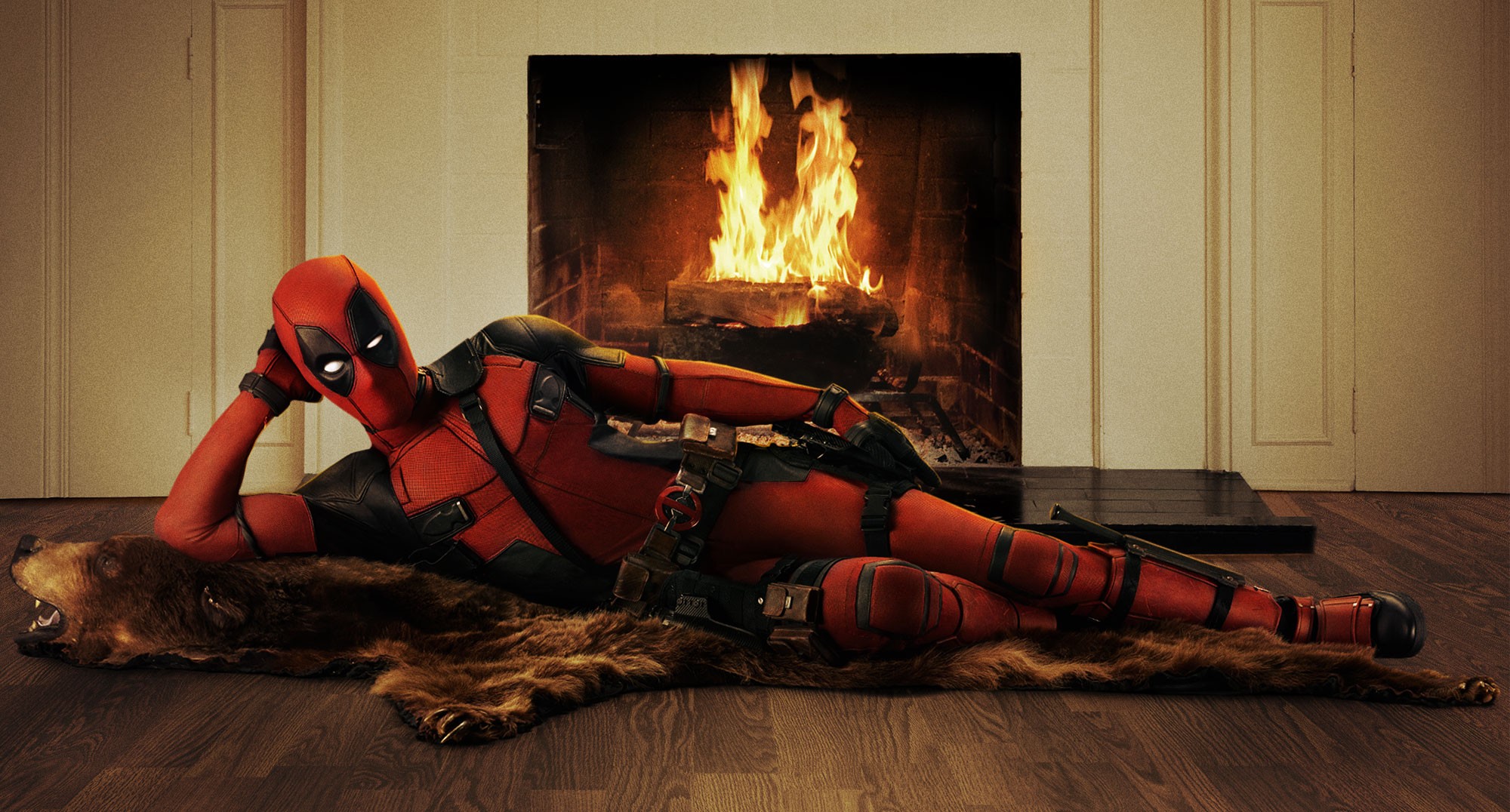This is an age where an R-rated movie can make north of $150 million in a weekend in the United States alone. Deadpool not only smashed countless records, but also had the highest-grossing opening weekend of any R-rated film in the United States. This massive success has fans and studios jumping onto the R-rated bandwagon, calling for not only adaptations of mature properties to film, but also giving formerly kid-ified material and R-rated twist. But this impulsive reaction might not be the right strategy.
Deadpool’s success can be attributed to many different things. Firstly, it has a huge, passionate fanbase that floods every comic book convention in costumes. This passion isn’t something that other adult-oriented properties such as The Punisher can boast. Past attempts are a clear indication of this as Watchmen, a venerated cult graphic novel-turned-movie, garnered barely more than $100 million domestically in its entire run. Other examples include the Blade trilogy, which earned a combined $200 million or the two Punisher films that made $33 million and $8 million, respectively.
Perhaps a bigger reason for the hype created by Deadpool was its ingenious advertising campaign. From its announcement, the publicity department was bang-on with posters and videos reminding the audience of the upcoming release of the film. Add to that the self-aware nature of the social media engagement by the perfectly-cast Ryan Reynolds and you have arguably the best marketing job ever done for a movie. The faithful portrayal lured in fans of the source material while the constant influx of publicity for the film sparked the interest of general audiences. This kind of perfect storm cannot be brewed by any other property than this due to the unique fourth-wall-breaking nature of this particular character. Studios and audiences may be mis-attributing the success of this film to its rating rather than the immense work put into marketing it.
The argument has been made for producing films with characters that have generally had a PG-13 rating as R-rated flicks. Many have called for Batman or Wolverine to be portrayed in the brutally violent fashion that certain comic books have. This approach however makes little sense for studios or general audiences who are not comic fanatics. Both of these characters have illustrious reputations in animation aimed at children, with Batman appearing in more than 60 different shows while Wolverine has had his own steady presence since the ’90s X-Men animated series. These characters have ingrained themselves into people’s childhoods to the point that they are considered idols and heroes. Representing them as ultra-violent characters is not only a betrayal of the source material, but also an unfair proposition for the younger audience who would normally be looking forward to such films. Furthermore, these studios want all demographics possible heading to the box office to ensure massive box office success. This proposition alienates a large audience to the disadvantage of studios; it’s a lose-lose scenario.
Deadpool is a wonderful anomaly in a sea of formulaic comic-book movies, but it would be foolish to conclude that the film is anything beyond that. Attempting to cash in on its success would only render it a flash in the pan. Hollywood and audiences have to realize that such a change of pace was required in the first place due to the predictable nature of the movie climate today; modelling future releases after Deadpool will only perpetuate this problem. Let it remain the breath of fresh air that it is instead of stuffing up the room with similar content.









